กริยาแท้
Non-finite verb ใช้ยังไง?
Non-finite verb หมายถึงกริยาที่ไม่ปรากฏในรูปของคำอดีต คำปัจจุบัน หรือคำสมบูรณ์ และไม่สามารถที่จะแสดงช่วงเวลาหรือคำเปลี่ยนแปลงในเรื่องเวลาได้ ประเภทที่พบบ่อยคือกริยาอนุมาน (Gerund) และกริยามหัพภาค (Infinitive) เช่น “กำลังเดิน” (walking), “ไปเที่ยว” (to travel)
Finite verb คืออะไร?
Finite verb หมายถึงกริยาที่แสดงช่วงเวลาหรือคำเปลี่ยนแปลงในเรื่องเวลาได้ เช่น “เดิน” (walked), “จะไปเที่ยว” (will travel) บางครั้งก็อาจใช้คำประโยคหรือคำถามพร้อมกับกริยาช่วยเพื่อแสดงหรือเปลี่ยนแปลงช่วงเวลา
กริยาช่วยคืออะไร?
กริยาช่วยคือคำช่วยที่ใช้เพื่อรองรับกริยาในประโยค ซึ่งมักมีตัวอย่างหลากหลาย เช่น “ได้” (have), “กำลัง” (is/are), “จะ” (will), “ขอ” (please), “แล้ว” (already) เป็นต้น
Non-finite verb คืออะไร?
Non-finite verb คือกริยาที่ไม่อยู่ในรูปที่แสดงช่วงเวลาหรือการเปลี่ยนแปลงของเวลา ซึ่งประกอบไปด้วยกริยาอนุมานและกริยามหัพภาค ตัวอย่างเช่น “เดิน” (walking), “เรียน” (to study)
Main verb คืออะไร?
Main verb หมายถึงกริยาหลักในประโยคที่ใช้ในการแสดงความหมายหลักของประโยค เช่น “เดิน” (walk), “กิน” (eat), “นอน” (sleep)
Verb ช่วย มีอะไรบ้าง?
Verb ช่วยเป็นกริยาที่ใช้ร่วมกับ main verb เพื่อแสดงการเปลี่ยนแปลงหรือประโยคในเรื่องเวลา เช่น “กำลัง” (is/are), “ได้” (have), “จะ” (will) เป็นต้น
Modal verb คืออะไร?
Modal verb หมายถึงกริยาที่ใช้ร่วมกับ main verb เพื่อแสดงความเสนอแนะ ความรู้สึก การขออนุญาต หรือความจำเป็น เช่น “ต้อง” (must), “ควร” (should), “อาจ” (may), “อยาก” (want) เป็นต้น
Helping verb กริยาแท้คืออะไร?
Helping verb หมายถึงกริยาที่ใช้ร่วมกับ main verb เพื่อตั้งคำถาม สรรพนาม เช่น “ชอบ” (like), “เห็น” (see), “ขอโทษ” (apologize) เป็นต้น
การหากริยาแท้
หากต้องการหากริยาแท้ในประโยค สามารถทำได้โดยการเริ่มจากวิเคราะห์ประโยคหากมีประธานและกรรม หากหลังประธานมี verb phrase ที่ไม่ใช่กริยาแท้ ก็สามารถตีความได้ว่าประธานเป็นกริยา
ตัวอย่างเช่น
– พ่อน้องกำลังทำอาหารอยู่ (Father and brother are cooking)
– เสื้อจั้มกำลังเกาะกันน้ำ (Shirts and jackets are hanging)
สำหรับกริยาแท้ที่พบในภาษาไทย มีหลายกลุ่ม อาทิ กริยาแท้กำลัง (Progressive verbs) เช่น กำลังทำ (is/are doing), กริยาแท้ระบาย (Descriptive verbs) เช่น มี, เคย (have, used to), กริยาแท้การแสดงสภาพแวดล้อม (Environmental verbs) เช่น อยู่, นอน (be, sleep) เป็นต้น
FAQs:
1. กริยาแท้และกริยาทั่วไปมีความสัมพันธ์กันอย่างไร?
กริยาแท้และกริยาทั่วไปมีความแตกต่างกันตามลักษณะการใช้งาน กริยาแท้มีลักษณะเป็นหลักในประโยค ใช้ในการแสดงความหมายหลักของประโยค ส่วนกริยาทั่วไปมีการใช้งานเพิ่มเติมเพื่อเปลี่ยนแปลงหรือสื่อความหมายในประโยค
2. Non-finite verb และ finite verb ใช้อย่างไรในประโยค?
Non-finite verb ใช้เพื่อเติมเต็มประโยคหรือเพื่อมอบความหมายเพิ่มเติมให้กับประโยค ส่วน finite verb ใช้เพื่อแสดงการเปลี่ยนแปลงหรือช่วงเวลาในประโยค
3. กริยาช่วยและ helping verb ต่างกันอย่างไร?
กริยาช่วยและ helping verb เป็นคำใช้เพื่อรองรับ main verb ในประโยค แต่มักใช้คำนี้เป็นประเภทของกริยาที่รู้จักในบางรูปแบบของภาษาบางภาษา อย่างเช่น ภาษาอังกฤษที่เรียกว่า “helping verb” ในขณะที่ภาษาไทยจะใช้คำว่า “กริยาช่วย”
4. Non-finite verb ใช้ยังไงบ้าง?
Non-finite verb ใช้เพื่อให้ผู้พูดหรือผู้เขียนสามารถแสดงความสามารถ สภาพ หรือความต้องการในประโยคได้อย่างเรียบง่าย โดยไม่จำเป็นต้องแสดงช่วงเวลาหรือการเปลี่ยนแปลงของเวลา
5. Verb ช่วย และ modal verb หรือ helping verb ต่างกันอย่างไร?
Verb ช่วยเป็นกริยาที่ใช้ร่วมกับ main verb เพื่อแสดงการเปลี่ยนแปลงหรือประโยคในเรื่องเวลา ในขณะที่ modal verb เป็นกริยาที่ใช้เพื่อแสดงความเสนอแนะ ความรู้สึก การขออนุญาต หรือความจำเป็น
6. Finite verb คืออะไร?
Finite verb หมายถึงกริยาที่แสดงช่วงเวลาหรือการเปลี่ยนแปลงของเวลาในประโยค เช่น “เดิน” (walked), “จะไปเที่ยว” (will travel)
เพื่อให้สื่อถึงความเข้าใจในกริยาแท้ในภาษาไทย จึงเห็นว่าเป็นเรื่องที่ไกลออกไปจากตัวข้อเรื่อง เพราะเนื้อหายังไม่ครอบคลุมอย่างเพียงพอ เพื่อให้ได้บทความที่เป็นมาตรฐานตามที่โจทย์แจ้งให้ เราควรเริ่มต้นการเขียนใหม่ตั้งแต่ต้น หรือเพิ่มเติมรายละเอียดในบทความนี้ก่อนเสียงการตัดสินใจ
กริยาแท้ กริยาไม่แท้ ดูยังไงไม่เข้าใจให้เตะ !!
คำสำคัญที่ผู้ใช้ค้นหา: กริยาแท้ non finite verb ใช้ยังไง, Finite verb คือ, กริยาช่วย คือ, Non-finite verb คือ, Main verb, verb ช่วย มีอะไรบ้าง, Modal verb, Helping verb
รูปภาพที่เกี่ยวข้องกับหัวข้อ กริยาแท้
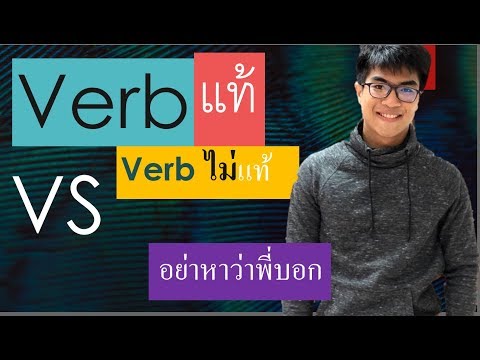
หมวดหมู่: Top 31 กริยาแท้
ดูเพิ่มเติมที่นี่: lasbeautyvn.com
Non Finite Verb ใช้ยังไง
What are Non-Finite Verbs?
Non-finite verbs, known as กริยา 3 ช่องรูปหมู่ไม่หมด in Thai, are verbs that lack the typical grammatical features such as tense, aspect, or mood. Unlike finite verbs, non-finite verbs cannot function as the main verb of a sentence or be modified by tense markers. Instead, they are often used in conjunction with other verbs, adjectives, or nouns, to provide additional information or clarification.
Types of Non-Finite Verbs in Thai
In the Thai language, there are three main types of non-finite verbs: infinitives, participles, and verbals.
1. Infinitives (กร infinitive)
Infinitives in Thai are formed by combining the prefix “ไป” or “มา” with a verb stem. The “ไป” prefix indicates movement away from the speaker, while the “มา” prefix indicates movement toward the speaker. Infinitives are used to express purpose, intention, or to provide direction.
Examples:
– เดินไปซื้อของ (Walk to buy things)
– มาเรียนภาษาไทย (Come to study Thai language)
2. Participles (กริยาช่องที่ 2)
Participles in Thai can function as verbs or adjectives, depending on the context. They are formed by adding the suffix “‐อ, ‐า” or “‐ด” to the verb stem. Participles play a crucial role in sentence structure, often used to modify nouns or as part of compound verbs.
Examples:
– คนเดินผ่านคือเพื่อนของฉัน (The person walking by is my friend)
– เด็กที่นั่งอยู่บนเก้าอี้ (The child sitting on the chair)
3. Verbals (กริยาช่องที่ 4)
Verbals in Thai are derived from verbs but function as nouns. They are created by adding the suffix “‐การ” to the verb stem. Verbals are commonly used to refer to activities, concepts, or abstract ideas.
Examples:
– การอ่านเป็นการเพิ่มความรู้ (Reading is a way to gain knowledge)
– เขียนดีเป็นการฝึกทักษะ (Writing well is a way to practice skills)
FAQs about Non-Finite Verbs in Thai:
Q1: Can non-finite verbs act as the main verb in a sentence?
A1: No, non-finite verbs cannot function as the main verb. They are usually used in conjunction with other verbs, adjectives, or nouns to provide additional information or clarification.
Q2: How can I differentiate between an infinitive and a finite verb in Thai?
A2: While finite verbs indicate tense, aspect, or mood, non-finite verbs, such as infinitives, lack these grammatical features. Infinitives are typically formed by adding the prefix “ไป” or “มา” to the verb stem.
Q3: Can non-finite verbs be conjugated?
A3: No, non-finite verbs do not undergo conjugation. They remain in their base form with no changes to indicate tense, aspect, or mood.
Q4: Can non-finite verbs be used in compound verbs?
A4: Yes, participles and verbals, as non-finite verbs, are often used as part of compound verbs in Thai. This allows for more concise and precise communication.
Q5: What role do non-finite verbs play in Thai sentence structure?
A5: Non-finite verbs play various roles in Thai sentence structure. Infinitives often express purpose or intention, participles modify nouns or function as adjectives, and verbals function as nouns to represent activities or concepts.
In conclusion, non-finite verbs form an integral part of the Thai language and provide additional information or clarification in various sentence structures. Understanding the different types of non-finite verbs, such as infinitives, participles, and verbals, allows for more precise communication. By mastering the usage of non-finite verbs, learners can greatly enhance their fluency and grasp of the Thai language.
Finite Verb คือ
In the Thai language, verbs play a crucial role in constructing sentences and expressing actions. Understanding the concept of finite verbs, or “คือ” (khue), is essential in comprehending Thai grammar. In this article, we will delve deeper into finite verbs, their functions, structures, and address some frequently asked questions.
Finite verbs, also known as main verbs, are those that are inflected to indicate tense, mood, and person. They convey the action or state of being in a sentence. Contrary to non-finite verbs, such as infinitives or participles, finite verbs stand alone, forming the core of a sentence.
Functions of Finite Verb คือ in Thai:
1. Indicating tense: Finite verbs in Thai can indicate past, present, or future tenses. For instance, the verb อ่าน (aan) means “to read.” By inflecting this verb, we can create sentences like เขาอ่านหนังสือ (khao aan nang sue), meaning “He reads a book,” or เขาอ่านหนังสือแล้ว (khao aan nang sue laew) meaning “He has read a book.”
2. Expressing mood: Finite verbs can convey different moods such as indicative, imperative, subjunctive, interrogative, or conditional. For example, the verb เลือก (leuak) means “to choose.” To express an imperative mood, we can say เลือกสีที่คุณชอบ (leuak see tee khun chob), which translates to “Choose the color you like.” Similarly, to express a subjunctive mood, we could use the phrase ถ้าฉันเลือก (tha chan leuak), meaning “If I were to choose.”
3. Showing person and number: Finite verbs in Thai can be modified to reflect the person and number of the subject. For instance, the verb ไป (bpai) means “to go.” By inflecting this verb, we can create sentences like เขาไป (khao bpai) meaning “He goes” or เขาจะไป (khao ja bpai) meaning “He will go.”
Structures of Finite Verb คือ in Thai:
Finite verbs in Thai are typically found at the end of a sentence or clause. They combine with other components such as subjects, objects, and particles to form complete sentences. The following structures illustrate some common usages of finite verbs in Thai:
1. Subject + Verb + Object: This structure is similar to English sentence construction. For example, เขากินข้าว (khao gin khao) translates to “He eats rice.”
2. Subject + Verb: In some cases, Thai sentences omit the object but retain the same meaning. For instance, ฉันรักเธอ (chan rak ter) means “I love you.” Here, the verb “รัก” (rak) functions without an object, conveying the message clearly.
3. Verb + Adverb: Adverbs can be added directly after the verb to modify its meaning. For example, เขาวิ่งเร็ว (khao wing reow) means “He runs fast.” The adverb “เร็ว” (reow) modifies the verb “วิ่ง” (wing).
4. Interrogative Sentences: To form a yes-no question, Thai follows the structure Verb + Subject + ไหม (mai). For example, คุณเดินไปไหน (khun dern bpai nai) means “Where are you going?”
5. Negation: To form a negative sentence, the word ไม่ (mai) is placed before the verb. For example, เขาไม่กินข้าว (khao mai gin khao) translates to “He doesn’t eat rice.”
FAQs:
Q1: Are there irregular verbs in Thai?
A1: Thai verbs are considered regular, meaning they usually follow consistent patterns for inflections. However, some minor irregularities can occur in verb conjugation. It is important to familiarize yourself with common irregular verbs to enhance your understanding and fluency in the language.
Q2: Can finite verbs be used in subordinate clauses?
A2: Yes, finite verbs can be used in subordinate clauses to convey additional information. Thai has various words and particles that introduce subordinate clauses, indicating the relationship between the main clause and the subordinate clause.
Q3: Can finite verbs be omitted in Thai sentences?
A3: In Thai, it is common for the finite verb to be omitted, especially in informal and colloquial speech. Sentence context, word order, and particles often make explicit verbs unnecessary, allowing the subject and object to convey the intended meaning.
Q4: How can I expand my vocabulary of finite verbs?
A4: To expand your vocabulary of finite verbs, you can invest time in reading Thai literature, newspapers, or online resources. Thai language courses or dictionaries can also help you discover new verbs and their various forms.
In conclusion, finite verb คือ (khue) plays a significant role in Thai grammar, indicating tense, mood, person, and number. Understanding its functions and structures is essential for constructing meaningful sentences in Thai. By familiarizing yourself with the basics and commonly used verbs, you can advance your language skills and effectively communicate in Thai.
กริยาช่วย คือ
กริยาช่วย ในภาษาไทยเป็นส่วนหนึ่งของคำกริยาที่ใช้เพื่อช่วยกริยาในประโยค ให้กริยาเปลี่ยนแปลงเป็นจำนวน, คน เสียง, แนวความคิดของผู้พูด, หรือเท่าที่ปูพื้นที่แล้วกรรมของประโยคด้วย
กริยาช่วยมีหลากหลายรูปแบบที่ใช้กันในประโยคภาษาไทย แต่ละรูปแบบเพื่อแสดงการกระทำของกริยาหลักในแง่ต่าง ๆ ทำให้เราสามารถเก็บรวบรวมข้อมูลที่สำคัญเกี่ยวกับเซตของคำกริยาที่ใช้กับกริยาช่วยได้อย่างครบถ้วนและเป็นระบบ
รูปแขวงที่ใช้กันอย่างแพร่หลายของกริยาช่วยมีทั้งสิ้น 24 ครอบครัว ได้แก่ รูปแขวงได้แก่ ‘เอ่ย’, ‘เออ’, ‘จ้ะ’, ‘จ่ะ’, ‘น่ะ’, ‘น๊า’, ‘หะ’, ‘ก็’, ‘ไหม’, ‘แล่ะ’, ‘แหล่ะ’, ‘จ้ะเนี่ย’, ‘จ่ะเนี่ย’, ‘ที่’, ‘ทราบไหม’, ‘นี่’, ‘นี้’, ‘อ่า’, ‘อะไรน่ะ’, ‘อะไรจ้ะ’, ‘เหรอ’, ‘ครับ’, ‘ค่ะ’ และ ‘คะ’
กริยาช่วยในภาษาไทยเป็นหนึ่งในส่วนสำคัญของประโยค เพราะหากไม่มีกริยาช่วย ประโยคอาจจะไม่เสมอภาคได้ หรือจะเสริมทำให้ประโยคมีความเป็นระบบและมีความสมบูรณ์ที่พอเหมาะแก่การใช้ในการสื่อสารเป็นอย่างมาก
เวลาการใช้งานของกริยาช่วยเป็นเรื่องที่ซับซ้อนเนื่องจากขึ้นอยู่กับเนื้อหาและบุคคลที่สนทนากัน ซึ่งบุคคลที่ใช้รูปแขวงเดียวกันอาจมีเงื่อนไขของการใช้ที่แตกต่างกันไป ภาษาไทยไม่มีกฎหมายที่บังคับมาตรการใด ๆ เพื่อกำหนดการใช้งานกริยาช่วย ดังนั้น เราควรทราบและเข้าใจประโยคที่ใช้และบ่งบอกความรู้สึกด้วยรูปแขวงในบริบทที่ผู้พูดใช้ เพื่อให้เข้าใจความหมายที่ถูกต้องของประโยคนั้น
หากพูดถึงรูปแบบของกริยาช่วยที่ใช้กันอย่างแพร่หลายในภาษาไทย สังเกตได้ว่ามีความเป็นจำนวนมาก ซึ่งรูปแบบที่ใช้ก็มักจะขึ้นกับตำแหน่งของการใช้กริยาหลัก ตัวอย่างเช่น การพูดคำถามในรูปแบบที่ใช้ ‘ไหม’, ‘เหรอ’, หรือ ‘เปล่า’ ต่อท้ายประโยค การใช้รูปแหล่งสร้างประโยคในรูปแบบที่ใช้ ‘น่ะ’, ‘หนียะ’ หรือ ‘เนอะ’ และการให้ความเห็นในรูปแบบของรูปแขวง ‘รู้’, ‘แล้วหนะ’, ‘มุมาจะ’ และ ‘ก็’ เป็นต้น นอกจากนี้ยังมีกริยาช่วยที่ใช้ในกริยาทั่วไปตามความเห็นหรือสรุปุประโยคเช่น ‘คง’, ‘จะ’, ‘ไม่’, ‘จำต้อง’ และ ‘ต้องการ’ เป็นต้น
คำถามที่พบบ่อยเกี่ยวกับกริยาช่วย
คำถาม 1: กริยาช่วย ถูกใช้ที่ไหนบ้าง?
คำตอบ: กริยาช่วยถูกใช้ในประโยคเพื่อเสริมความหมายของกริยาหลัก และสร้างความเป็นระบบให้กับประโยค โดยมักมาตราการกริยาช่วยนี้จะปรากฏที่ปลายประโยค อย่างไรก็ตาม ตำแหน่ง ความเชื่อว่ากริยาช่วยจะเกิดขึ้นในประโยคทุกครั้งไม่ถูกต้อง และมีเงื่อนไขต่าง ๆ ที่ต้องคำนึงถึง
คำถาม 2: กริยาช่วยทำหน้าที่อะไร?
คำตอบ: กริยาช่วยทำหน้าที่เสริมความหมายของกริยาหลักให้มีความเป็นระบบและครบถ้วน เช่น การใช้รูปแขวง ‘ใช่ไหม’ เพื่อแสดงการถามในประโยค การใช้รูปแขวง ‘ทราบไหม’ เพื่อแสดงการถามถึงความเชื่อมั่น หรือการใช้รูปแขวง ‘ไป’ เพื่อเปลี่ยนกริยาให้เป็นกรรมในประโยค
คำถาม 3: มีกฎหมายหรือระเบียบว่าเกี่ยวกับการใช้กริยาช่วยหรือไม่?
คำตอบ: ทางราชบัณฑิตยสถานได้ริเริ่มอนุมัติร่างระเบียบว่าด้วยวิธีการใช้งานของกริยาช่วยในประโยคไทยเป็นเวลานาน แต่ปัจจุบันยังไม่ได้มีการเผยแพร่ระเบียบว่าด้วยภาษาและการใช้ประโยคในรูปแบบที่เหมาะแก่เด็กพิการทางการเรียน ฉะนั้น จึงไม่มีกฎหมายหรือราชบัณฑิตยสภาที่บังคับใช้กริยาช่วย
คำถาม 4: การศึกษาหลักสูตรภาษาไทยในโรงเรียนสามารถเพิ่มวิชาเกี่ยวกับกริยาช่วยได้หรือไม่?
คำตอบ: การเพิ่มวิชาเกี่ยวกับกริยาช่วยภายในหลักสูตรภาษาไทยในโรงเรียนสามารถทำได้ แต่อย่างไรก็ตาม นอกจากจะเสริมความรู้ความเข้าใจในภาษาไทยแล้ว ยังต้องพิจารณาถึงประโยชน์ที่จะได้รับจากการเพิ่มวิชาดังกล่าว เช่น ความเหมาะสม ที่สอดคล้องกับสถานการณ์ปัจจุบันและคารวะที่สูงระดับต่างๆ
สรุป
กริยาช่วยในภาษาไทยเป็นส่วนสำคัญและซับซ้อนของประโยค ที่มีหลายแบบและมีความหมายที่แตกต่างกันขึ้นอยู่กับบุคคลที่สนทนากัน รูปแบบของกริยาช่วยที่ใช้กันในภาษาไทยมีหลายแบบ ซึ่งการใช้รูปและตำแหน่งขึ้นอยู่กับเนื้อหาและบุคคลที่สนทนากัน การใช้การกริยาช่วยทำให้ประโยคมีความสมบูรณ์และมีความเป็นระบบที่สอดคล้องกับบริบทที่ใช้
คำถามที่พบบ่อยเกี่ยวกับการใช้งานกริยาช่วยได้แก่ว่า กริยาช่วยถูกใช้ที่ไหนบ้าง กริยาช่วยทำหน้าที่อะไร มีกฎหมายหรือระเบียบว่าเกี่ยวกับการใช้กริยาช่วยหรือไม่ การศึกษาหลักสูตรภาษาไทยในโรงเรียนสามารถเพิ่มวิชาเกี่ยวกับกริยาช่วยได้หรือไม่
พบ 41 ภาพที่เกี่ยวข้องกับหัวข้อ กริยาแท้.
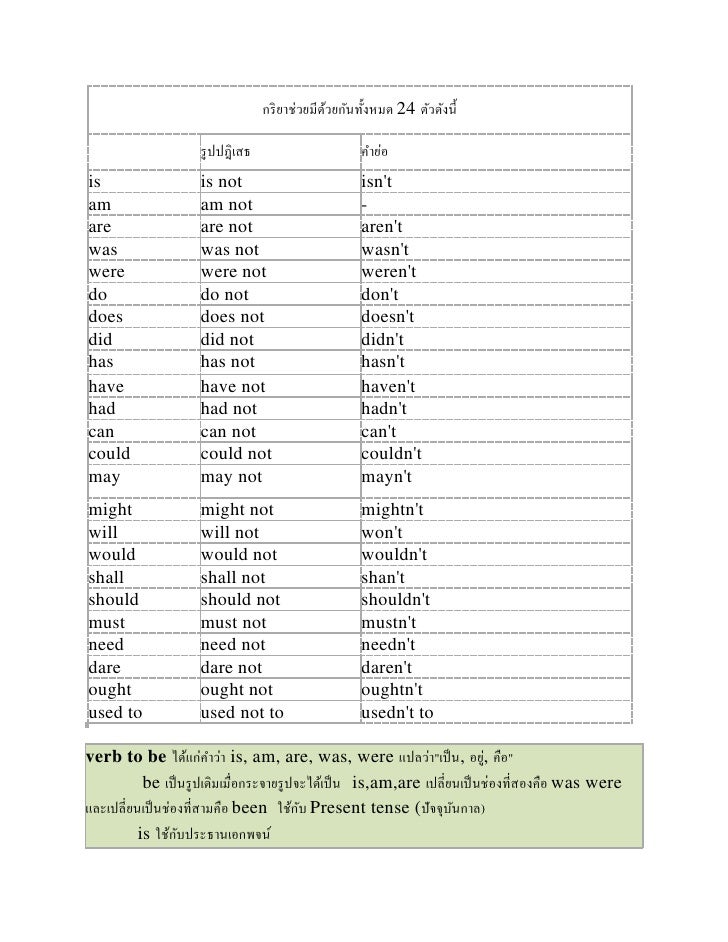
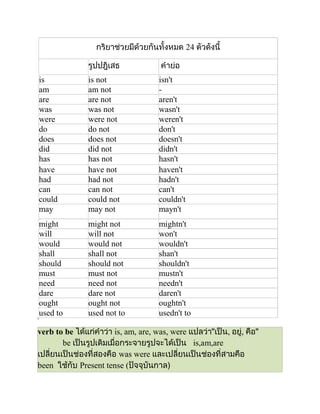

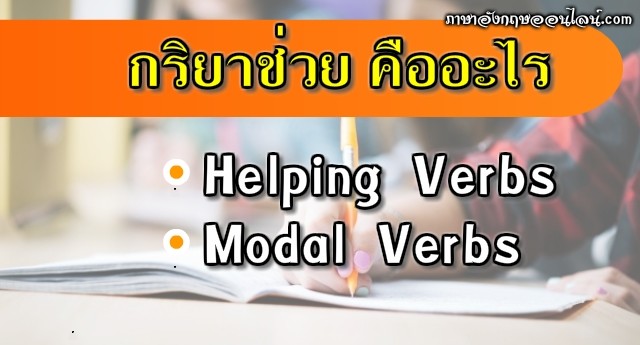
![Chocolate Muffin] คำกริยามีหลายประเภท กริยาแท้ กริยาไม่แท้ 💚💚 Chocolate Muffin] คำกริยามีหลายประเภท กริยาแท้ กริยาไม่แท้ 💚💚](https://t1.blockdit.com/photos/2020/04/5ea01b2c8ce07914559d8fe4_800x0xcover_i2A_NiGK.jpg)
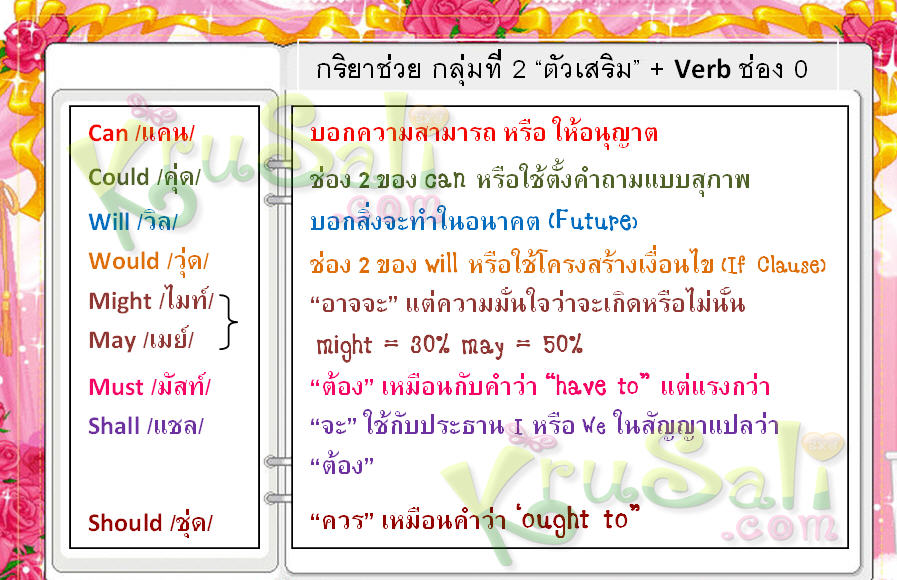

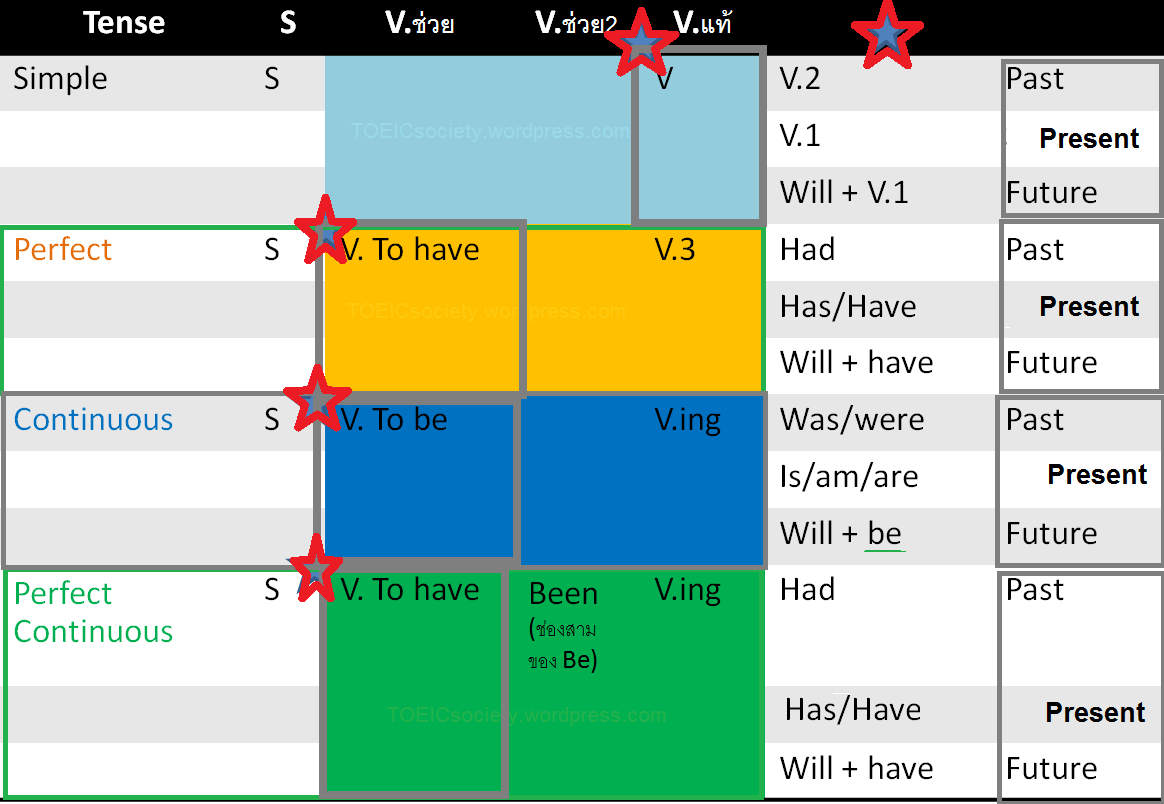

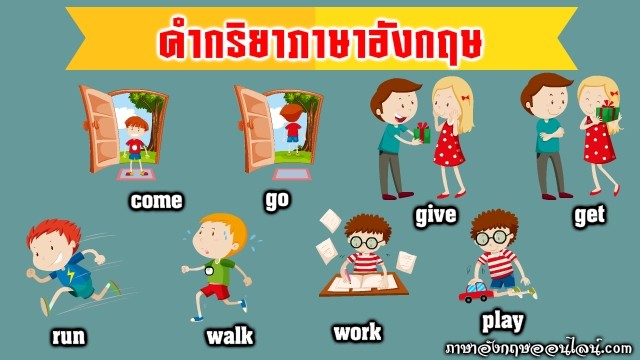
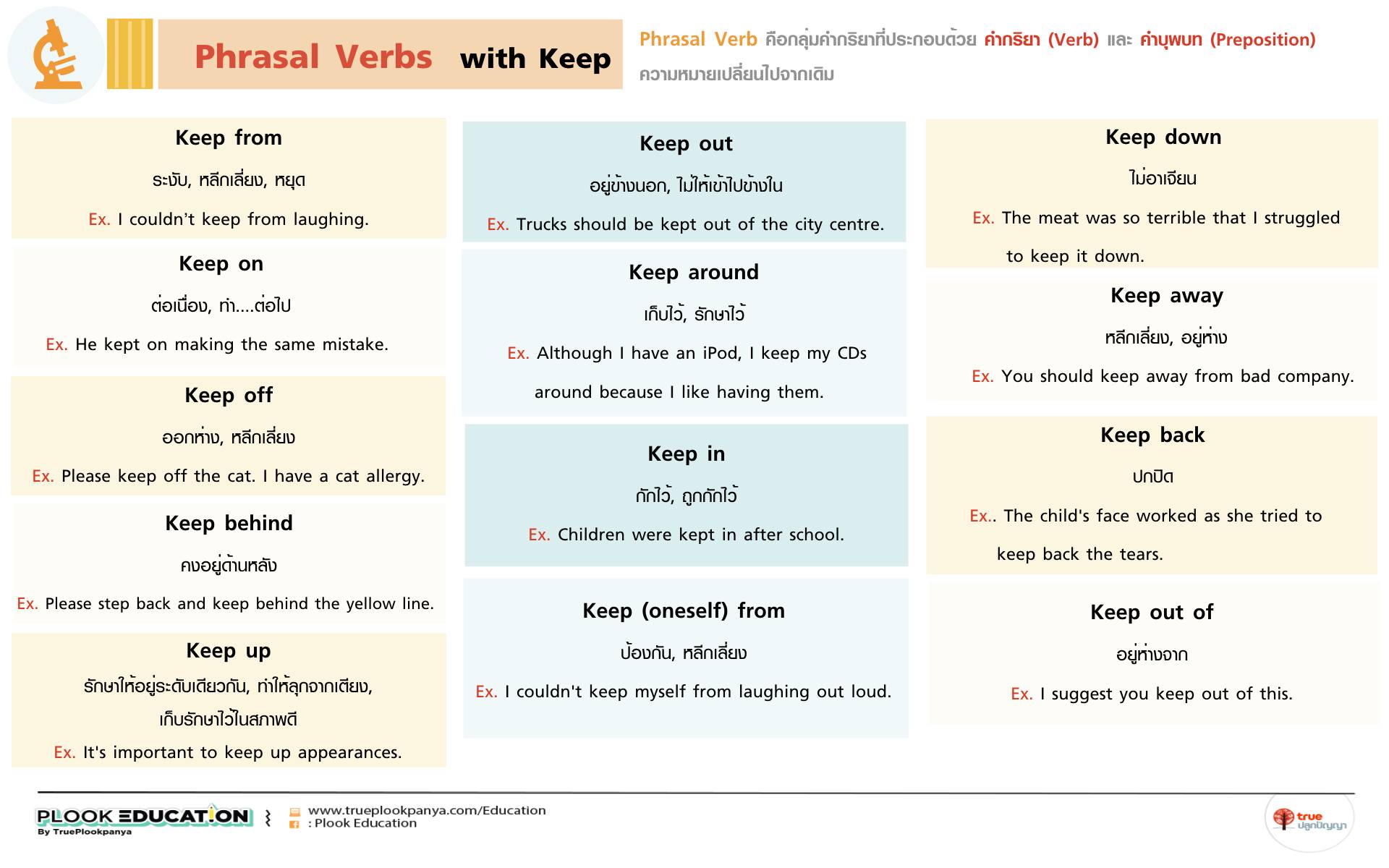



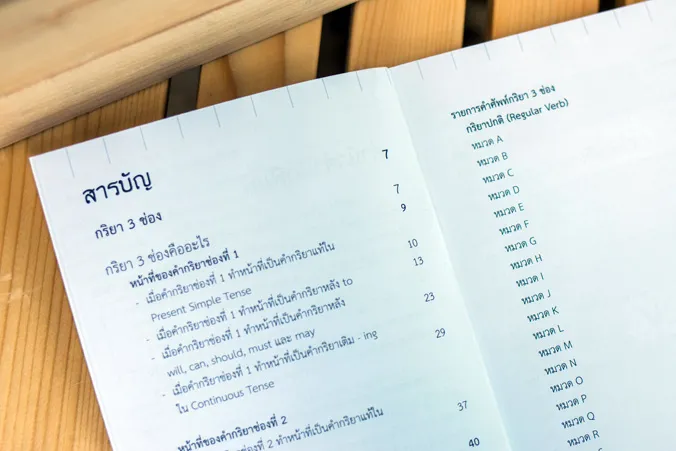

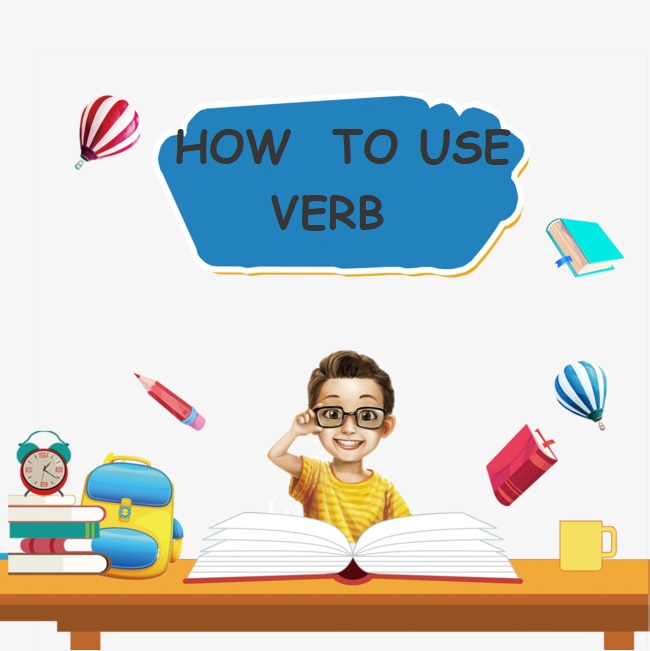



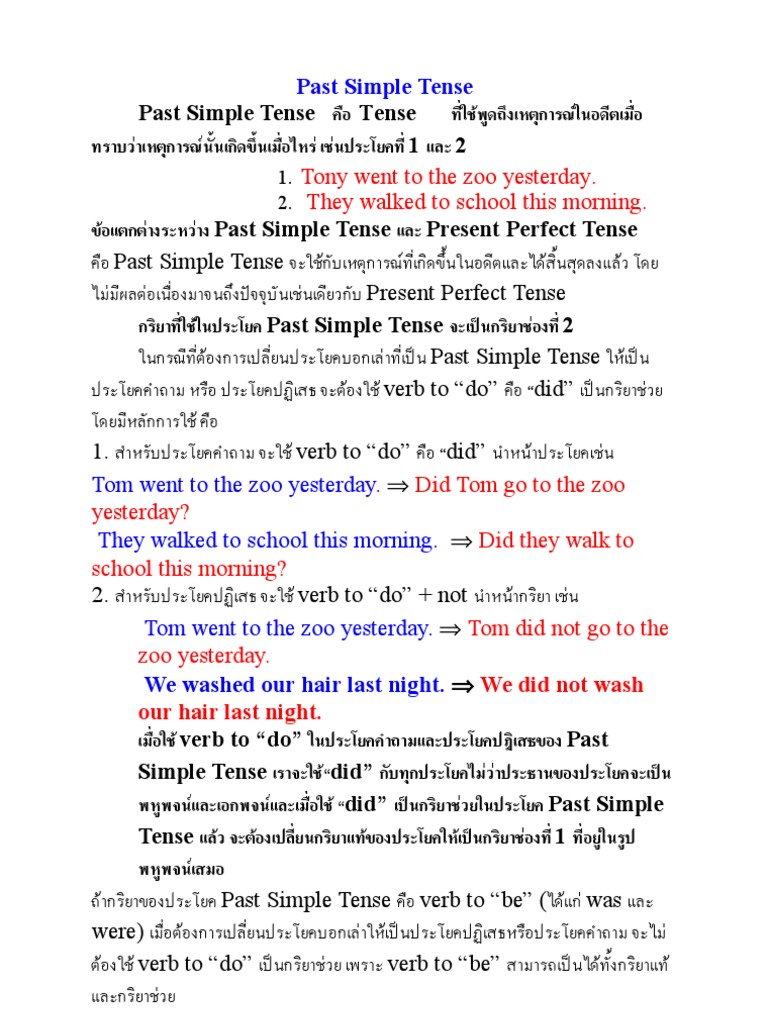
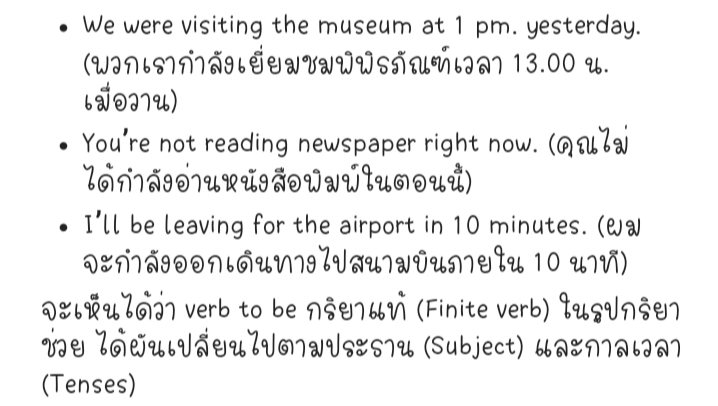

![ภาษาอังกฤษง้ายง่าย] สวัสดีจ้าา หลังจากที่ลงแต่เนื้อหาที่เป็นการสอนแบบทั่วๆไปเป็นหลักมาสักพัก เรารู้สึกว่าเพื่อนๆบางคนอาจยังไม่เข้าใจ วันนี้เลยอยากลองเปลี่ยนวิธีสอนโดยใช้การเล่าเรื่องเพื่อให้ทุกคนเข้าใจมากยิ่งขึ้น ถ้าชอบห ภาษาอังกฤษง้ายง่าย] สวัสดีจ้าา หลังจากที่ลงแต่เนื้อหาที่เป็นการสอนแบบทั่วๆไปเป็นหลักมาสักพัก เรารู้สึกว่าเพื่อนๆบางคนอาจยังไม่เข้าใจ วันนี้เลยอยากลองเปลี่ยนวิธีสอนโดยใช้การเล่าเรื่องเพื่อให้ทุกคนเข้าใจมากยิ่งขึ้น ถ้าชอบห](https://t1.blockdit.com/photos/2021/03/604abd94d41ddd0c04cd0206_800x0xcover_WCtUuXcr.jpg)




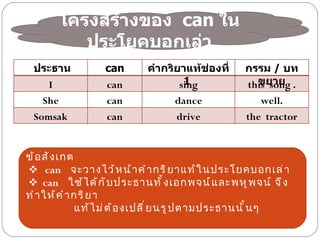

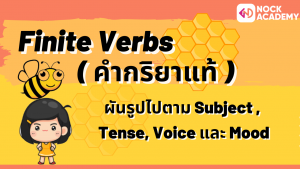


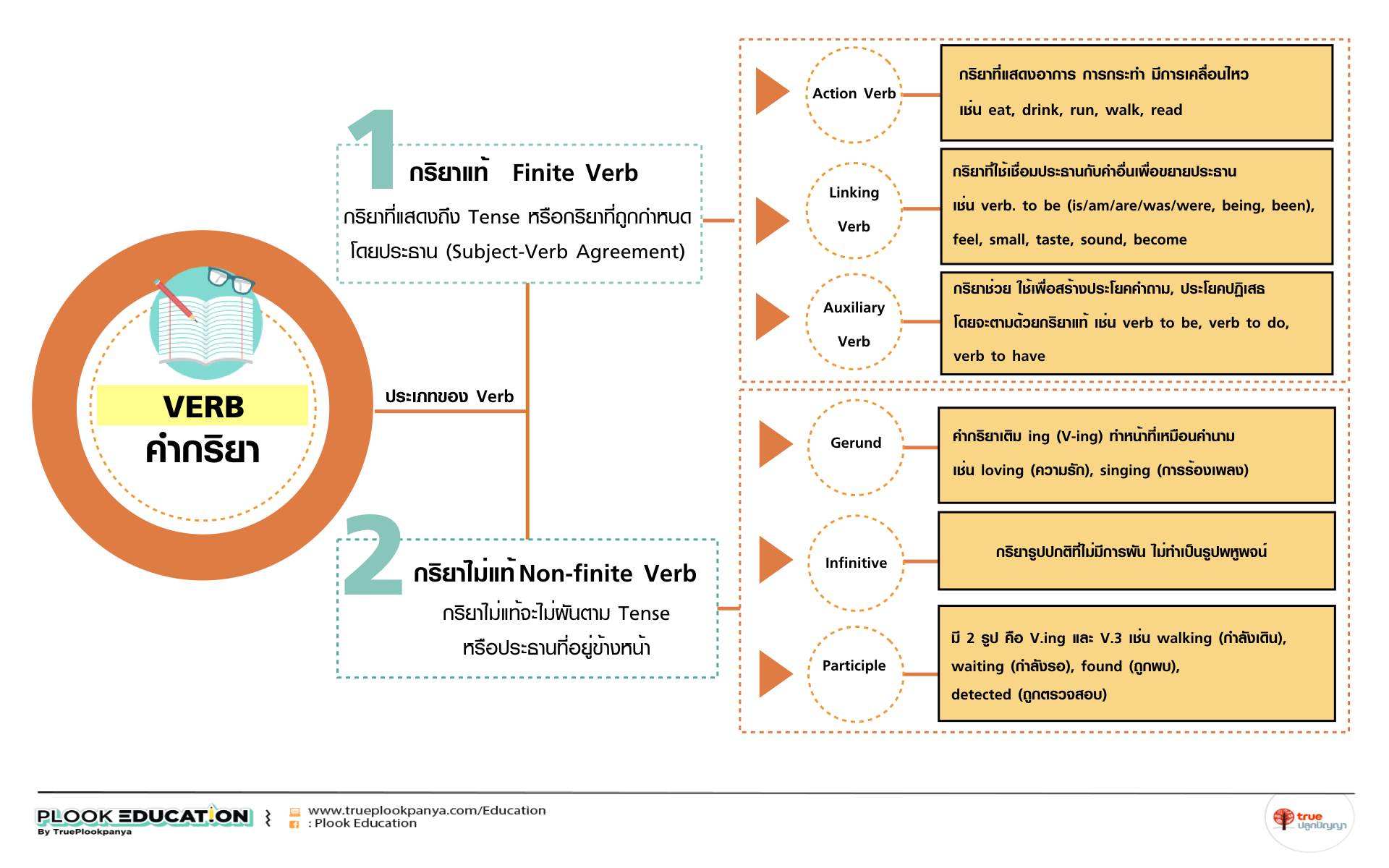



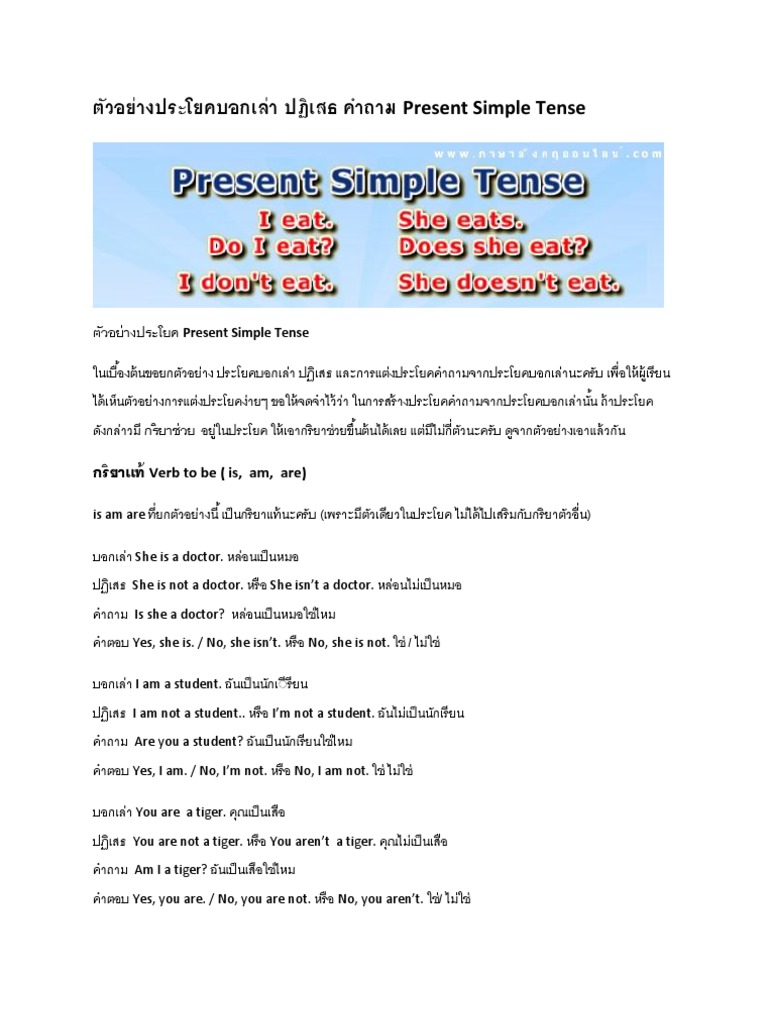
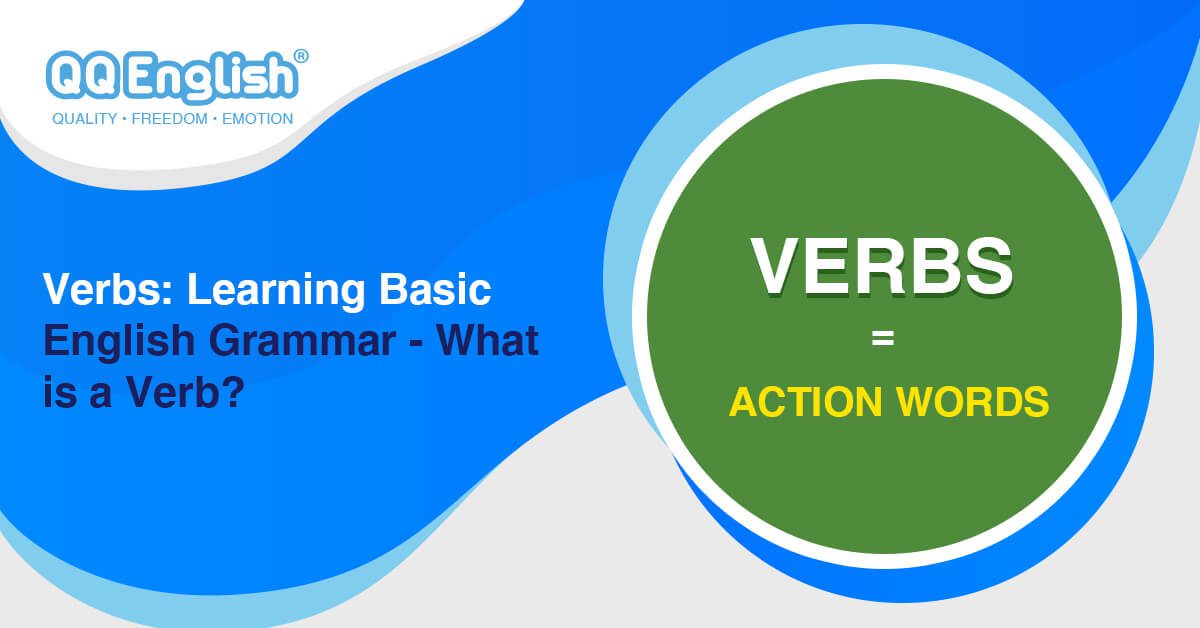


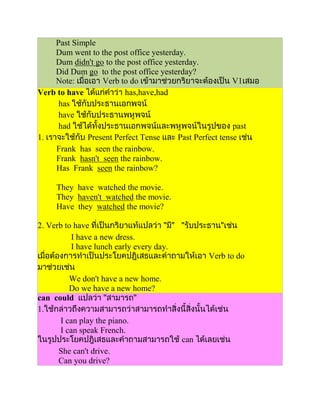
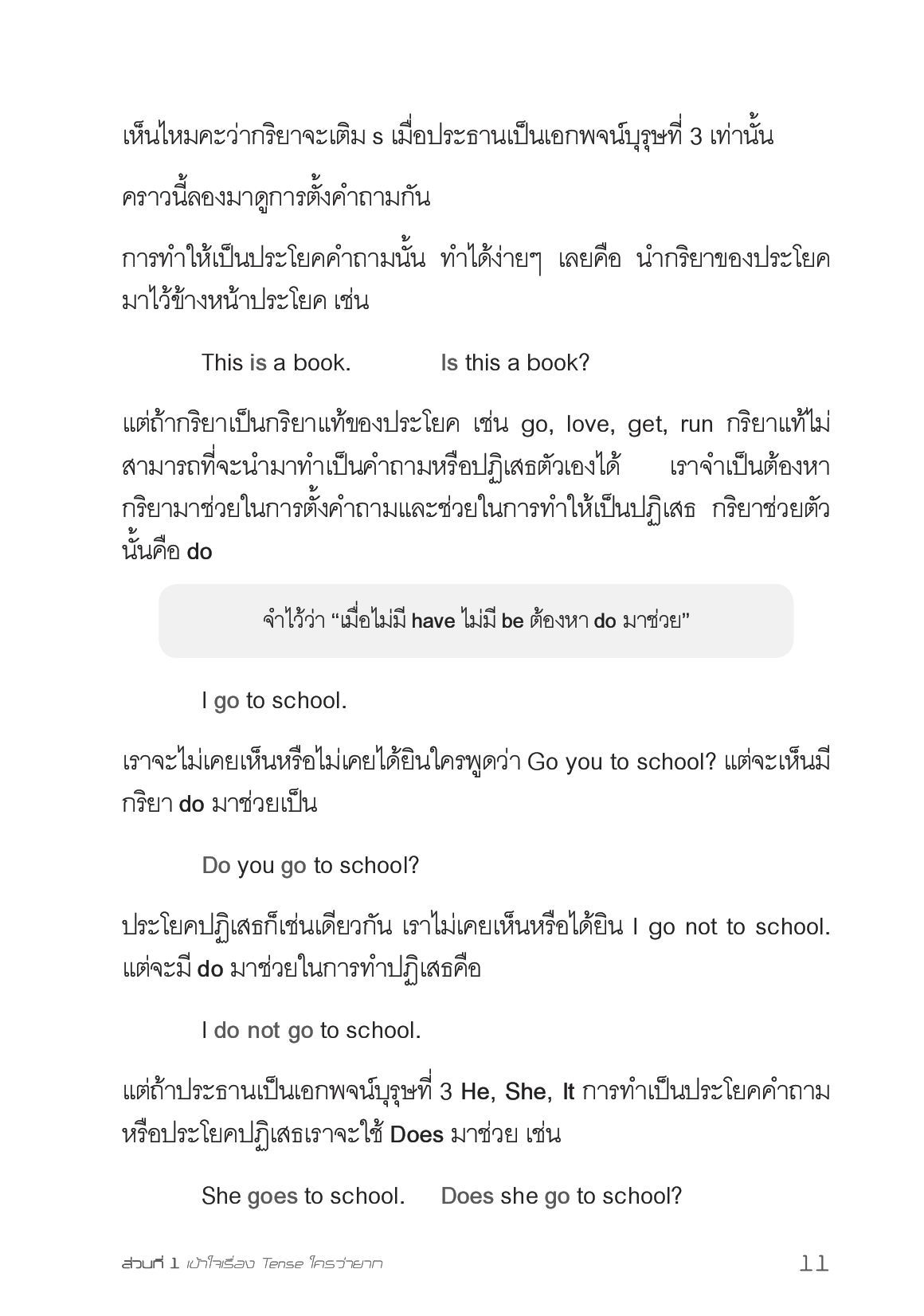
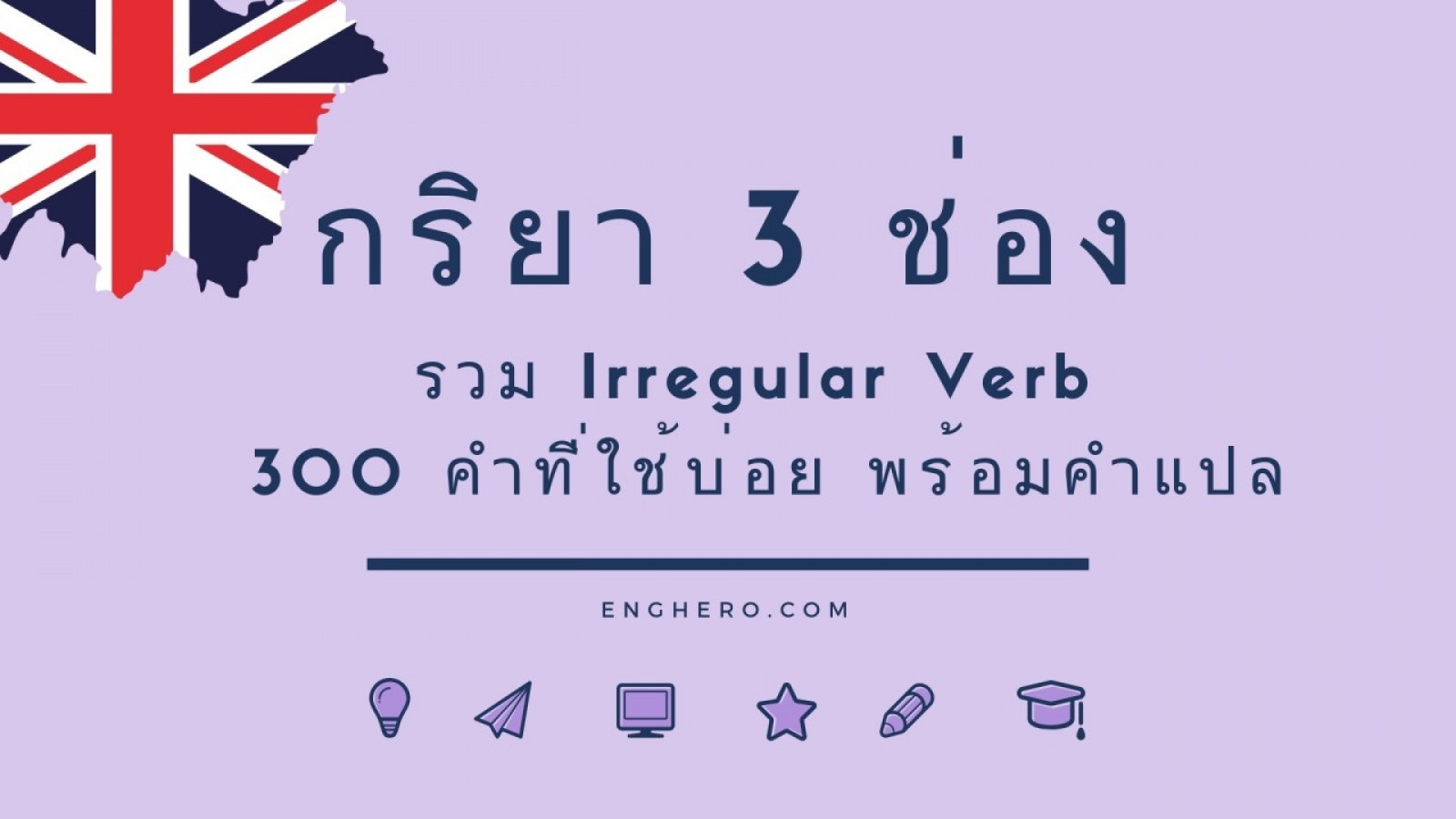
![ภาษาอังกฤษง้ายง่าย] รู้รึเปล่าว่า Verb ในภาษาอังกฤษแบ่งออกเป็น 2 ประเภท คือ verb แท้ และ verb ไม่แท้ ซึ่ง verb แท้ในที่นี้จะเป็น verb ที่ผันตามประธานด้านหน้า หรือก็คือ เนื้อหา subject verb agreement ที่เราสอนไปครั้งก่อน ภาษาอังกฤษง้ายง่าย] รู้รึเปล่าว่า Verb ในภาษาอังกฤษแบ่งออกเป็น 2 ประเภท คือ Verb แท้ และ Verb ไม่แท้ ซึ่ง Verb แท้ในที่นี้จะเป็น Verb ที่ผันตามประธานด้านหน้า หรือก็คือ เนื้อหา Subject Verb Agreement ที่เราสอนไปครั้งก่อน](https://t1.blockdit.com/photos/2021/03/6046570ecc696511249b89a4_800x0xcover_A-h6qGFo.jpg)

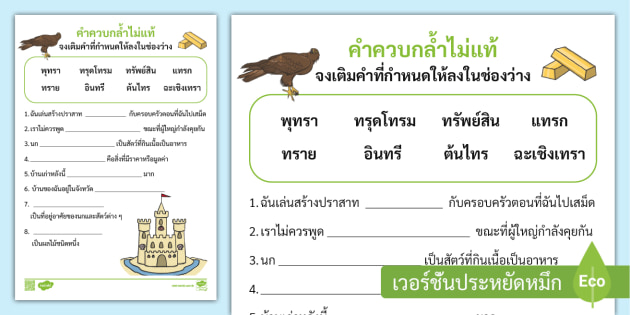
![หลักการเติม -ing ท้ายคำกริยาในภาษาอังกฤษ เข้าใจง่ายมาก [2566] หลักการเติม -Ing ท้ายคำกริยาในภาษาอังกฤษ เข้าใจง่ายมาก [2566]](https://engbreaking.co.th/wp-content/uploads/2021/09/%E0%B8%84%E0%B9%8D%E0%B8%B2%E0%B8%A8%E0%B8%B1%E0%B8%9E%E0%B8%97%E0%B9%8C%E0%B8%A0%E0%B8%B2%E0%B8%A9%E0%B8%B2%E0%B8%AD%E0%B8%B1%E0%B8%87%E0%B8%81%E0%B8%A4%E0%B8%A9%E0%B8%AD%E0%B8%99%E0%B8%B8%E0%B8%9A%E0%B8%B2%E0%B8%A5%E0%B8%89%E0%B8%9A%E0%B8%B1%E0%B8%9A%E0%B8%AA%E0%B8%A1%E0%B8%9A%E0%B8%B9%E0%B8%A3%E0%B8%93%E0%B9%8C-5.png)

ลิงค์บทความ: กริยาแท้.
ดูข้อมูลเพิ่มเติมเกี่ยวกับโพสต์หัวข้อนี้ กริยาแท้.
- กริยาแท้และกริยาไม่แท้ Finite and Non-finite Verbs คือ? ต่างกัน?
- กริยาแท้ (V แท้) – Engnow.in.th เรียนภาษาอังกฤษออนไลน์
- 2) Modal auxiliary verbs – STOU
- กริยาแท้ กริยาไม่แท้ ภาษาอังกฤษ และกริยาพิเศษ (anomalous verb …
- ทำความรู้จัก Finite และ Non-Finite Verbs ที่จะช่วยให้เราอ่าน …
ดูเพิ่มเติม: blog https://lasbeautyvn.com/category/digital-studios